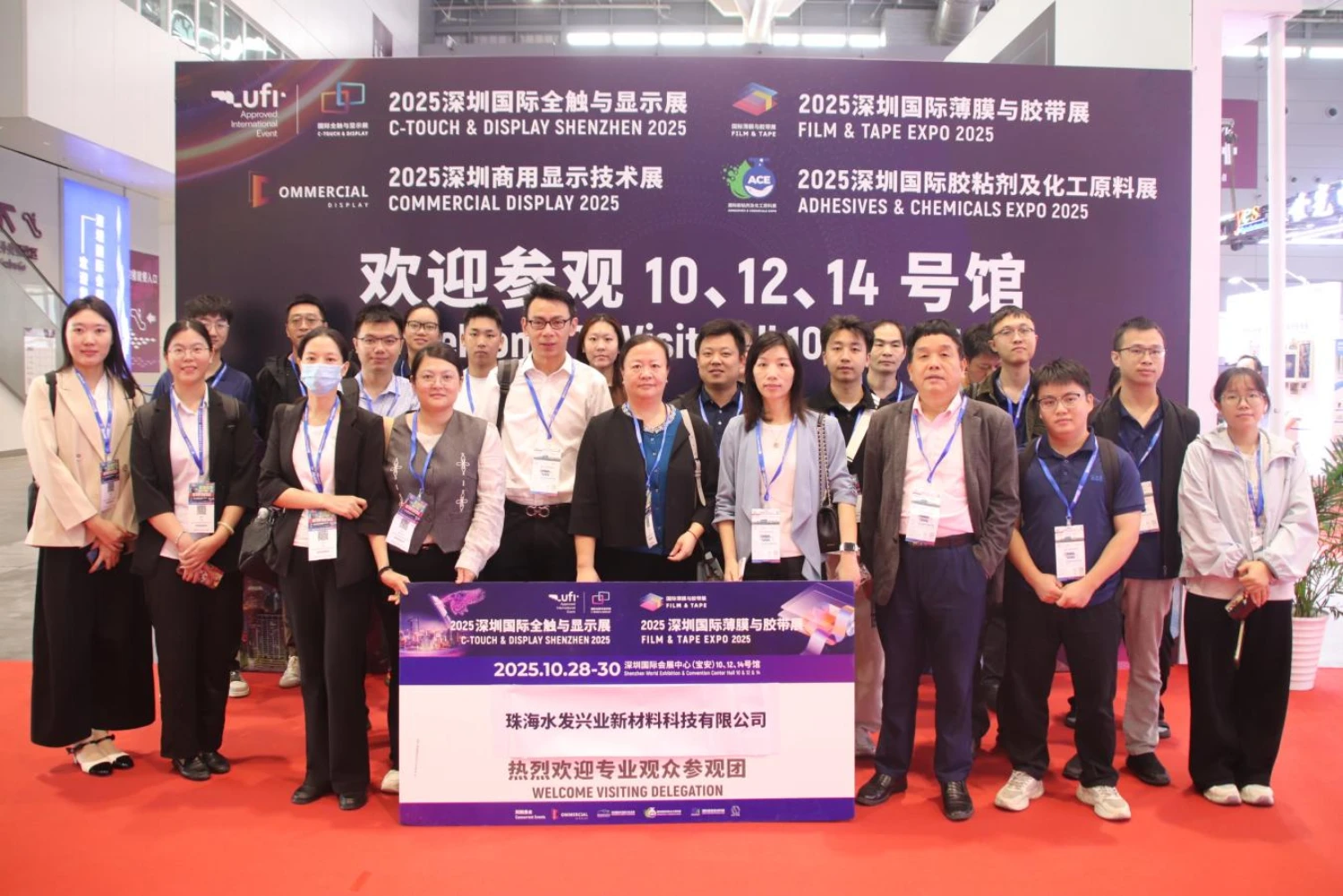Traditional food packaging plays a crucial role in preserving the quality, safety, and longevity of various food products. The choice of materials used in this packaging is of utmost importance, as it directly impacts the product's shelf life, protection against external factors, and overall sustainability. In this article, we will delve into the world of traditional food packaging materials, exploring their characteristics, benefits, and potential environmental implications.
- Paper and Cardboard:
Paper and cardboard have been widely used in traditional food packaging for centuries. These materials are derived from wood pulp and offer several advantages. They are lightweight, cost-effective, and easily customizable. Paper and cardboard packaging provide excellent breathability, allowing the food to maintain its freshness by regulating moisture levels. Additionally, they are biodegradable and recyclable, making them environmentally friendly choices. - Glass:
Glass, a timeless material, has been utilized in food packaging for its exceptional properties. It is impermeable, ensuring that no external substances or odors can contaminate the food. Glass packaging is also non-reactive, preserving the taste and quality of the product. Furthermore, glass is 100% recyclable, making it an eco-friendly option. However, its fragility and weight may pose challenges in terms of transportation and storage. - Metal:
Metal packaging, such as aluminum and tin cans, has revolutionized the food industry. These materials offer excellent protection against light, moisture, and oxygen, ensuring the food's longevity. Metal packaging is highly durable, tamper-resistant, and stackable, making it ideal for transportation and storage. Moreover, metals can be recycled indefinitely without losing their properties, making them a sustainable choice. - Plastic:
Plastic has gained popularity in food packaging due to its versatility, cost-effectiveness, and convenience. However, the environmental impact of plastic packaging has raised concerns. Traditional plastic materials, such as polyethylene and polypropylene, are non-biodegradable and can persist in the environment for hundreds of years. To address this issue, advancements have been made in the development of biodegradable and compostable plastics derived from renewable sources, offering a more sustainable alternative. - Natural and Bio-based Materials:
In recent years, there has been a growing interest in utilizing natural and bio-based materials for traditional food packaging. Materials like bamboo, sugarcane bagasse, and cornstarch-based bioplastics are gaining traction due to their renewable nature and reduced environmental footprint. These materials offer biodegradability, compostability, and lower carbon emissions compared to traditional packaging materials.
Conclusion:
Traditional food packaging materials encompass a wide range of options, each with its unique characteristics and benefits. While materials like paper, glass, and metals have stood the test of time, the industry is also exploring innovative and sustainable alternatives to address environmental concerns. By understanding the properties and implications of these materials, we can make informed choices to ensure the safety, quality, and sustainability of our food packaging systems.

